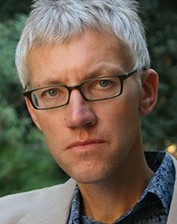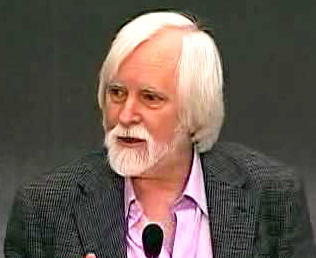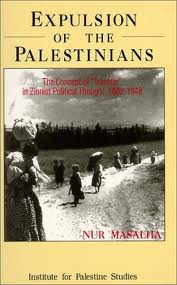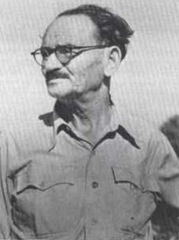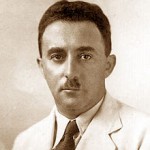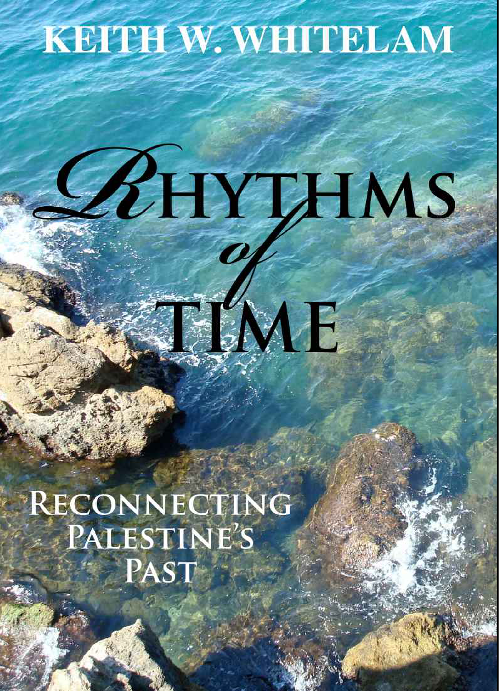Dan Jones on his blog The Philosopher In The Mirror has responded to Jerry Coyne’s little diatribe against an unpublished communication of mine in which I expressed some dismay that a highly educated academic such as himself (along with Richard Dawkins and Sam Harris) reject scholarly research into today’s problems with terrorism and Islamic violence. What concerns me is the way Coyne and Dawkins have exploited their very public status (well deserved for their fields of expertise) to fan public ignorance and bigotry with their ill-informed commentary. Coyne has routinely denied me space on his blog to express this criticism so I wrote him the following:
Jerry, what concerns me about the various statements made by yourself along with Dawkins and Harris is that they are not informed by specialist scholarship — sociologists, anthropologists, political scientists et al — in Islamic and terrorist studies. Rather, they seem to be fueled by visceral reactions without the benefit of broader understanding and knowledge that comes from scholarly investigations into these phenomena. It almost appears to some of us that your criticisms are willfully ignorant of the scholarship. I find these visceral responses coming from trained scientists difficult to understand.
Jerry in response chose not to reply personally or to post my concerns among his comments section but made them the topic of a blog post with his reply as follows:
What “scholarship” that people like Godfrey and Robert Pape have mentioned or produced has completely ignored what the terrorists say about their own motivations in favor of blaming colonialism—something that self-flagellating liberals in the West love to do. (Not, of course, that the U.S. is completely blameless in oppressing and attacking the Middle East, but neither are we the sole cause of extreme Islamic terrorism.) As I once asked one of these blame-the-West apologists, “What would it take to convince you that some Muslim terrorists are actually motivated by religion?” Clearly the terrorists’ own words don’t count: the “scholars” claim to know better. This unfounded psychologizing clearly shows their motivations.
Jerry flatly declined my subsequent request to post a reply on his blog so I was pleased when a reader alerted me to a more prominent and accomplished writer taking up the cause with On how to be completely wrong about radicalisation: the curious case of Jerry Coyne. He begins:
So now it’s my time to get into the water – and hopefully clean it up a bit.
The full response of Dan Jones is well worth taking time to read. I post here just a few excerpts. (Bolding is my own.) Continue reading ““On how to be completely wrong about radicalisation: the curious case of Jerry Coyne”“

